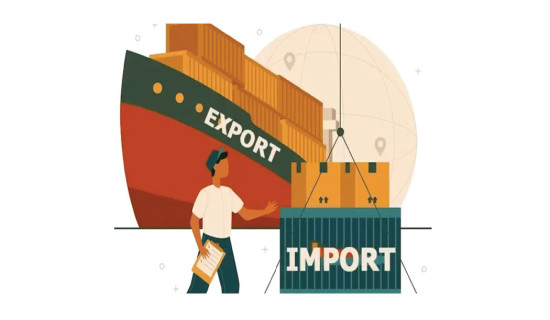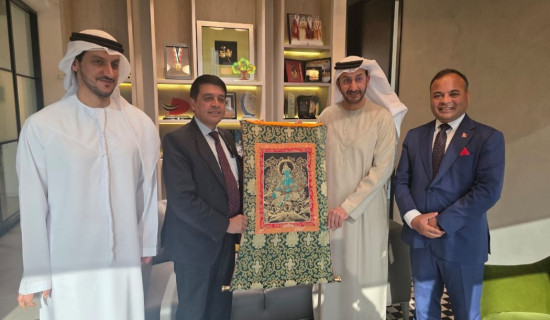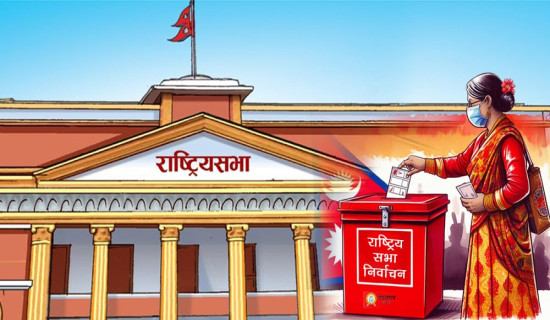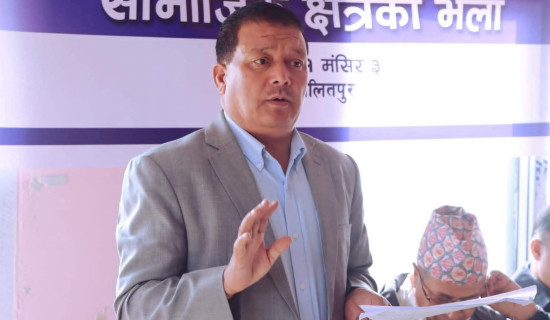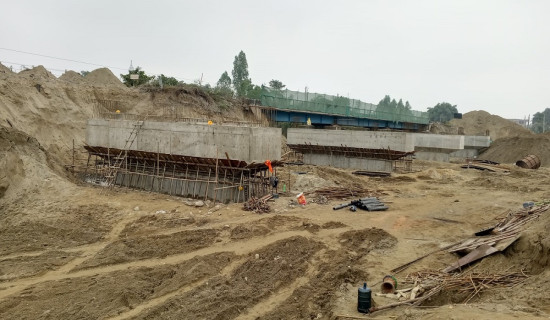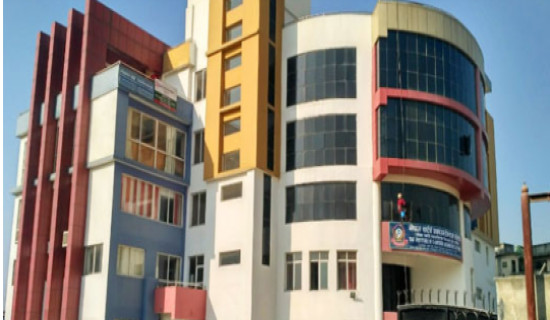- Wednesday, 7 January 2026
Women’s Leadership: A Catalyst for a Better Nepal
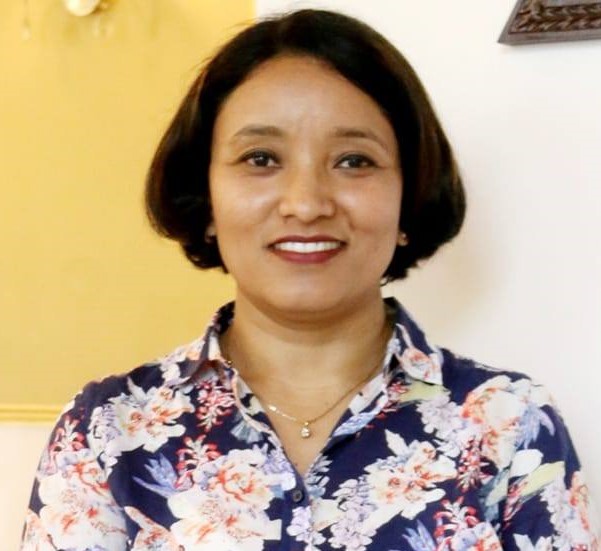 Srijana Karki
Srijana Karki
While the notion of increasing women in leadership roles may appear as a straightforward act of offering more positions to women within organizations, the reality demands a deeper consideration beyond mere structural changes. For Nepal to be recognized as a progressing nation, it must respect the rights of its women and girls, who constitute over more than half (51.13%) of its population. Ensuring their safety, rights, and access to opportunities is crucial for Nepal to earn its rightful place on the global stage. Upholding women's rights will foster gender equity, essential for a more just and inclusive world.
To achieve a
gender-equitable society, diverse leadership is paramount. This entails having
leaders from varied backgrounds in significant positions, irrespective of
gender, ethnicity, or socioeconomic status. Such diversity enables
organizations to incorporate a broad spectrum of perspectives, promote
inclusivity, and drive innovative solutions. While my confidence in diverse
leadership as a panacea might seem exaggerated, I believe it is well-founded,
and here’s why.
Nepal’s Progress on Gender Equity
Over the last decade, Nepal
has made notable strides across various socioeconomic indicators, such as
reducing poverty, improving life expectancy, and increasing literacy rates.
While these achievements are commendable, progress extends beyond economic
metrics. Our society, intricately interwoven by countless threads of
interdependence, thrives on shared values, culture, and collective well-being.
Ensuring the rights of all members of society is central to achieving the world
we envision.
Despite recent improvements
in gender equity ratings, Nepal still faces significant challenges. The Global
Gender Gap Report 2021 ranked Nepal 106th out of 156 countries, highlighting
the extensive work ahead. A ten-year-old girl in Nepal today might witness
improved workplace equity laws by the time she is thirty. However, without
decisive action, she may not see significant advancements in education,
healthcare, or public safety within her lifetime. Compared to a country like
India, Nepal’s legislative quotas and higher representation of women in local
governance compare favorably to India’s ongoing struggle to pass similar
measures. While Nepal has a higher female labor force participation rate, both
countries face significant challenges in achieving economic equality for women.
Both countries have made strides in maternal health, but gender-based violence
and access to healthcare services remain critical issues. Both countries have
made significant progress in girls’ education, though retention and quality
remain concerns. Both Nepal and India are seeing gradual increases in women’s
leadership, although challenges persist in achieving equality in
decision-making positions. Nepal lags behind on key gender equity indicators.
For example, the Global Gender Gap Report 2023 ranks Nepal 106th out of 153
countries, highlighting deficiencies in addressing social issues like safety,
health, and social norms. Women’s labor force participation rate among females
is 28.7% and among males is 53.9% for 2023 (World Bank gender data portal).Maternal
mortality rates stood at 174 deaths per 100,000 live births in 2020 (World Bank
gender data portal), significantly higher than in neighboring countries. Women represented 13.9% of those
employed in senior and middle management in 2017 (World Bank gender data
portal). Therefore, including women and girls in our progress plans is imperative.
Enhancing the agency of women and girls and ensuring their leadership,
influence, and decision-making roles is a catalytic way to foster inclusion.
The Necessity of Women in Leadership
According to the UN Gender
Snapshot 2023, the lack of women in leadership is a significant hurdle for
gender equity worldwide. While the idea of having more women in leadership may
seem like merely increasing their roles in organizations, we must think beyond
structural changes. Simply increasing the number of women in traditional
hierarchical systems can perpetuate values rooted in discriminatory behaviors.
The goal is not just to have more women in positions of power but to
authentically engage them in such roles. This is one of the most powerful
drivers for creating inclusive environments for all genders and across all
other axes of identity.
The Constitution of Nepal
2015 ensures the right to equality, including provisions for proportional
inclusion of women in all state mechanisms. Also, Nepal is a signatory to the
Convention on the Elimination of All Forms of Discrimination Against Women
(CEDAW) and is committed to Sustainable Development Goal 5 (Gender Equality).
The
Local Government Operation Act 2017 mandates that at least two of the four key
positions in local governments (Mayor, Deputy Mayor, Ward Chairperson, and Ward
Member) must be held by women. This has already shown positive impacts in local
governance efficiency and community engagement.
Data shows that feminist
women leaders challenge traditional power structures, recognize the
intersectionality of gender issues, and inspire people of all genders currently
underrepresented to pursue professional excellence. Unlocking opportunities for
women in leadership paves the way for diverse, intersectional workforces and
leadership across the board.
The corporate world has
already observed the benefits of women in leadership. The World Bank notes that
“interventions enhancing gender equality and women’s economic contribution can
boost company competitiveness, fortify supply chains, improve human capital,
and create an enabling business environment.” Beyond a company’s bottom line,
women in leadership roles have been shown to transform company values. For
example, gender diversity in corporate boards and senior leadership improves
companies’ sustainability profiles and the adoption of more climate-friendly
policies. Women in leadership are not just a matter of equality but a necessity
for the holistic development and progress of Nepal. By empowering women and
ensuring their active participation in leadership roles, Nepal can achieve
sustainable and inclusive growth
Implementing Change
To foster women’s leadership
in Nepal, it is imperative to adopt a comprehensive, data-driven approach. Empowering
women and girls through leadership opportunities requires two significant
systemic transformations. Firstly, organizations need to transform their
policies and practices across all business, philanthropy, and development
sectors. Secondly, there must be a transformation of narratives and social
norms at home and in society to create an environment where all genders can
participate meaningfully in leadership. These transformations necessitate
questioning and changing the existing power structures within these systems.
Where Should We Begin?
To initiate this
transformation, Nepal must commit to collaborative learning and bold
experimentation to challenge existing organizational and societal gender norms.
While efforts to integrate women into the workforce and create policies and programs
for educating and skilling girls and women are essential, it is equally
important to invest in building the agency and leadership of women and girls.
We need to provide them with
the option and choice to step into positions of influence, power, and
decision-making. The status quo, which is skewed against women and girls
realizing their full potential, must change. We need to create spaces where
voices from all backgrounds converge, fostering inclusive decision-making,
sustainable progress, and the justice we aspire to see in the world.
Conclusion
The pathway to a better
Nepal lies in embracing and empowering women’s leadership. Diverse leadership
is not merely about representation but about creating an environment where
varied perspectives lead to innovative and inclusive solutions. As we work
towards this goal, let us remember that progress is a collective journey, and
the inclusion of women and girls in leadership roles is a critical step toward
achieving the equitable and prosperous Nepal we envision.
(Author Karki, National Coordinator, FANSA Nepal Chapter /Sr GESDI Officer ENPHO. Views expressed by the author are her own)






